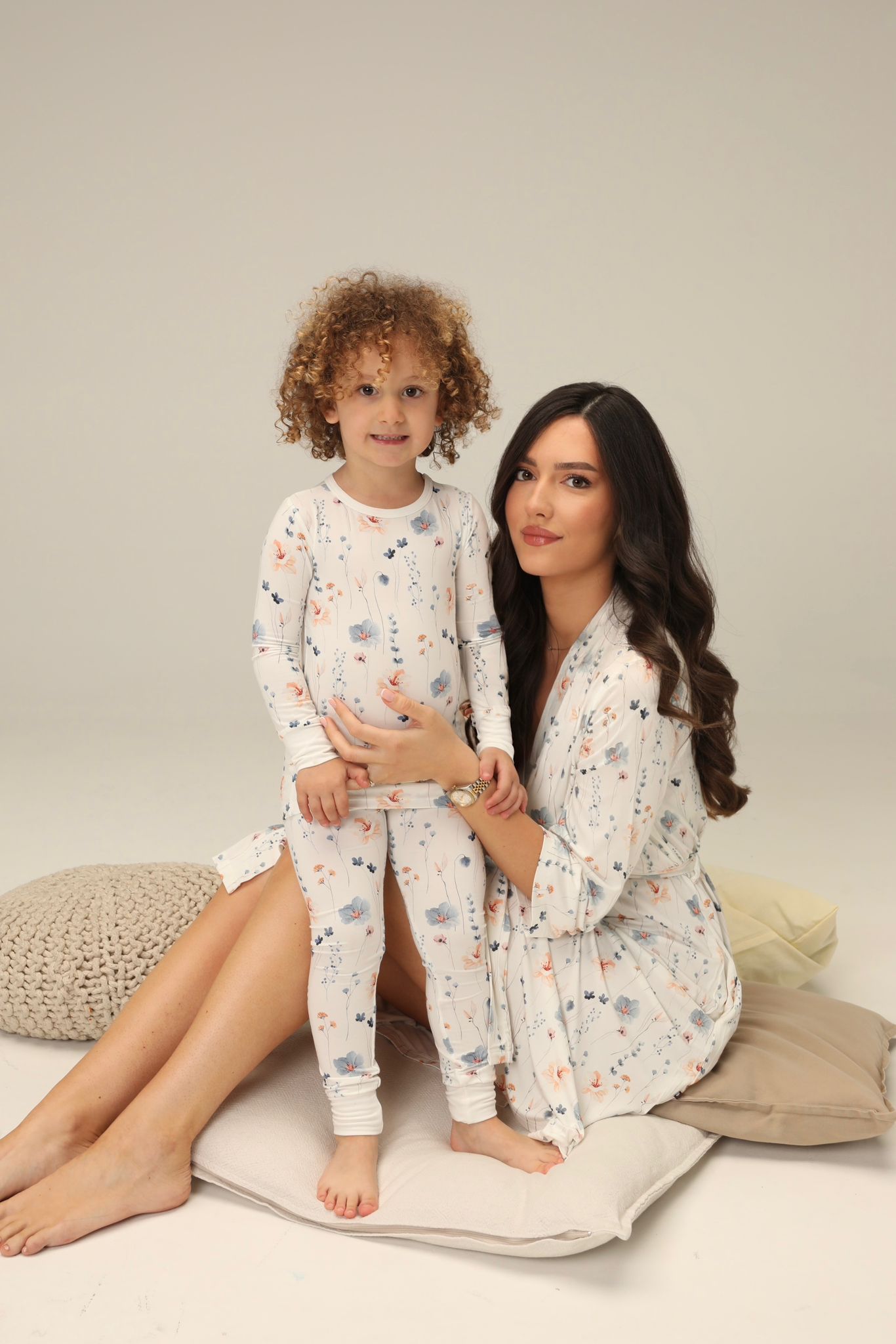Bodysuit: A versatile, one-piece baby garment that covers the torso and fastens at the crotch, preventing it from riding up and keeping diapers secure. It comes in various sleeve lengths and necklines.
Versatility: Bodysuits are adaptable for layering or wearing alone, suitable for any temperature, and essential for keeping babies comfortable and easy to change.
Onesie: A lightweight, one-piece outfit that covers the torso and fastens at the crotch, typically without legs.
Romper: A one-piece garment with short sleeves and legs, resembling a shirt and shorts, ideal for warm weather.
Jumpsuit: A full-coverage piece extending from neck to toes, suitable for cooler weather, with fastenings like snaps, buttons, or zippers.
Footies: Cozy one-piece outfits with built-in feet, perfect for both sleep and play.
Pajamas: Sleepwear that can be a one-piece for newborns or a two-piece for toddlers.
Sleeper: A general term for sleeping outfits, which may include feet and come in various styles.
Sleep n Play: A practical one-piece outfit suitable for both daywear and sleep, featuring convenient design elements.
Swaddle: A blanket used to wrap babies snugly, mimicking the womb, and used until the baby starts rolling over.
Knotted Gown: A one-piece sleeper designed for easy diaper changes, often used for first pictures.
Sleep Sack: A wearable blanket providing a safe sleeping environment, used from day one.


